Summary
Introduction
Step 1: Define the foundations
Step 2: Dig the bottom of the excavation
Step 3: Pour the foundation
Step 4: Install the retaining wall.
Step 5: Make the retaining wall drain.
Step 6: Backfill the retaining wall.
Step 7: Maintenance of the Retaining Wall
Introduction
A retaining wall is an exterior wall that holds back material (earth, powdery materials, rubble, etc.). It is generally found on sloping ground. A retaining wall can also be used to protect against erosion and flooding, to act as a noise barrier or as a fence.
The principle of the retaining wall consists of opposing the thrust of the materials retained by it. Although its construction requires professional know-how, it is, however, possible to build a retaining wall in certain simple cases, for example, a small embankment.
Here are the steps to build a retaining wall made of cinder block. It can also be made out of masonry blocks or prefabricated concrete.
What is a retaining wall?
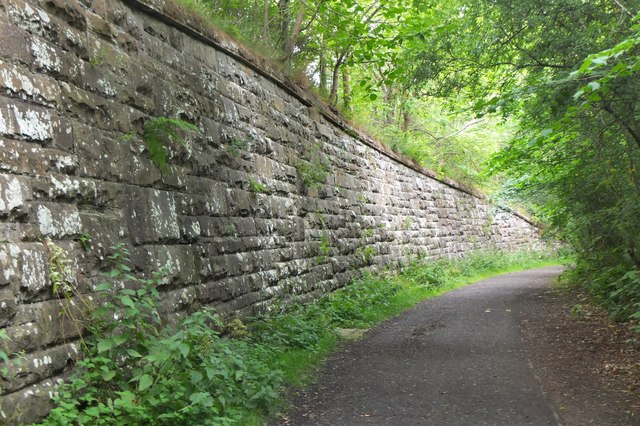
Designed to retain material, the retaining wall must have a sufficiently stable base and be strong enough to withstand the pressure. This is why its construction must respect certain essential points.
As far as the ground is concerned:
– the difference in the level must not exceed 10 %;
– the ground must not be loose.
Inverted T-shaped wall
The retaining wall can be in the shape of an inverted T: the width of the wall is the same over its entire height, but the footing is wider than the wall. The width of the foundation on the embankment side is greater than on the visible wall side.
Attention: for a high enough wall or one subject to certain particular constraints, this procedure can only be envisaged with reference to a precise analysis by a pro mason contractor.
The dimensions of the low wall and its foundations depend on the nature of the ground, the type of wall, etc. However, the following order of importance should be defined:
– Are the foundations frost-free?
If necessary, consult the map of your region to know the depth to be reached.
– Is the width of the footing approximately 0.5 to 0.66 × height, with a minimum of 40 cm?
The part of the footing on the visible wall side (shortest) should be 0.15 to 0.20 × height.
Note: with conventional cinder blocks, the wall width is 20 cm (minimum thickness).
Example 1: A 1 m high retaining wall has a base 50 to 66 cm wide, i.e. 15 cm on the visible wall side + 20 cm (wall thickness) + 15 to 30 cm on the backfill side.
Example 2: If the wall is 2 m high, the footing is 1 to 1.30 m wide, i.e. 30 cm on the visible wall side + 20 cm (wall thickness) + 50 to 80 cm on the backfill side.
The wall weight
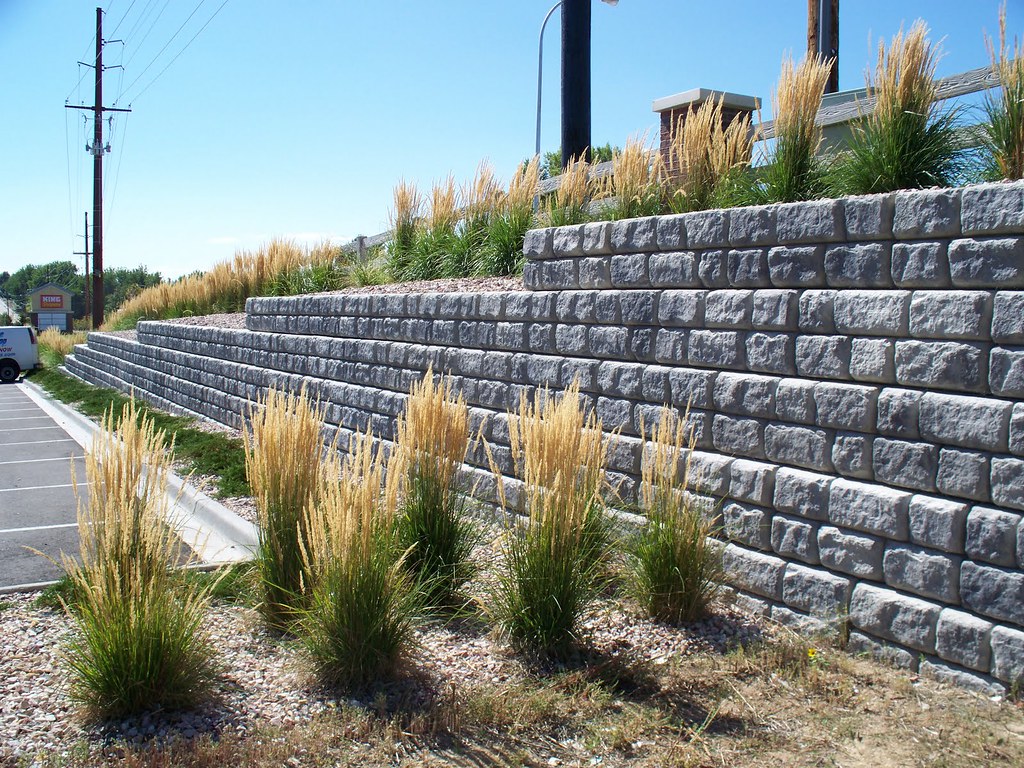
Another possible shape is the wall weight which is characterized by a base that is wider than the top of the wall. This method is less economical in terms of materials, but its design ensures a certain stability. The order of the dimensions are:
– frost-free footing depth;
– sole width between 0.33 and 0.5 × height (minimum 40 cm);
– width of the base of the wall of the order of 0,2 × height + 0,10 m;
– minimum width of the top of the wall of 20 cm.
Example: a 1 m high lightweight wall has a footing of 40 to 50 cm wide, a base of 27 cm thick blocks, and the top of the wall is made of conventional 20 cm thick blocks.
Finally, any construction of a retaining wall must be accompanied by an efficient drainage system.
Note: do not hesitate to consult LIBARDI ISLAND LANDSCAPING CORP., they will be able to establish with precision the operating load of your retaining wall, and therefore its dimensioning and reinforcement. A well-designed wall avoids unpleasant surprises during implementation and ensures the durability of the construction over time.
Retaining wall
1. Delineate the foundations
Start by marking the location of your low wall on the ground according to the dimensions of the foundation:
– Drive stakes into the ground at the ends of the wall and at regular intervals.
– Stretch a string between the stakes.
– Mark the location of the excavation on the ground with plaster.
– Then remove the stakes and string.
2. Dig the bottom of the excavation
Decrease your embankment to the right depth with a shovel and pickaxe, or rent a mini excavator. The depth of the excavation bottom corresponds to the depth of the footing plus the thickness of the hedgehog.
Reserve the soil, if it is not clay, and the stones. These, once washed, will be used for backfill, drainage and foundation.
3. Pour the foundations
At the bottom of the excavation, form a hedgehog about 10 cm long made of either coarse gravel or small stones from the recovery of the excavation, or a mixture of both.
Prepare your concrete in a concrete mixer: pour a 5 cm thick footing along the entire length of your wall, or place 5 cm shims to raise the reinforcement.
Install the reinforcement: place footings that are connected along the entire length, and set up evenly spaced vertical supports that will be attached to the retaining wall.
Fill your excavation with concrete.
Level the layer and check the level with a spirit level.
Allow to dry for approximately 48 hours before building the wall.
Spoil the concrete with a concrete mixer.
4. Install the retaining wall
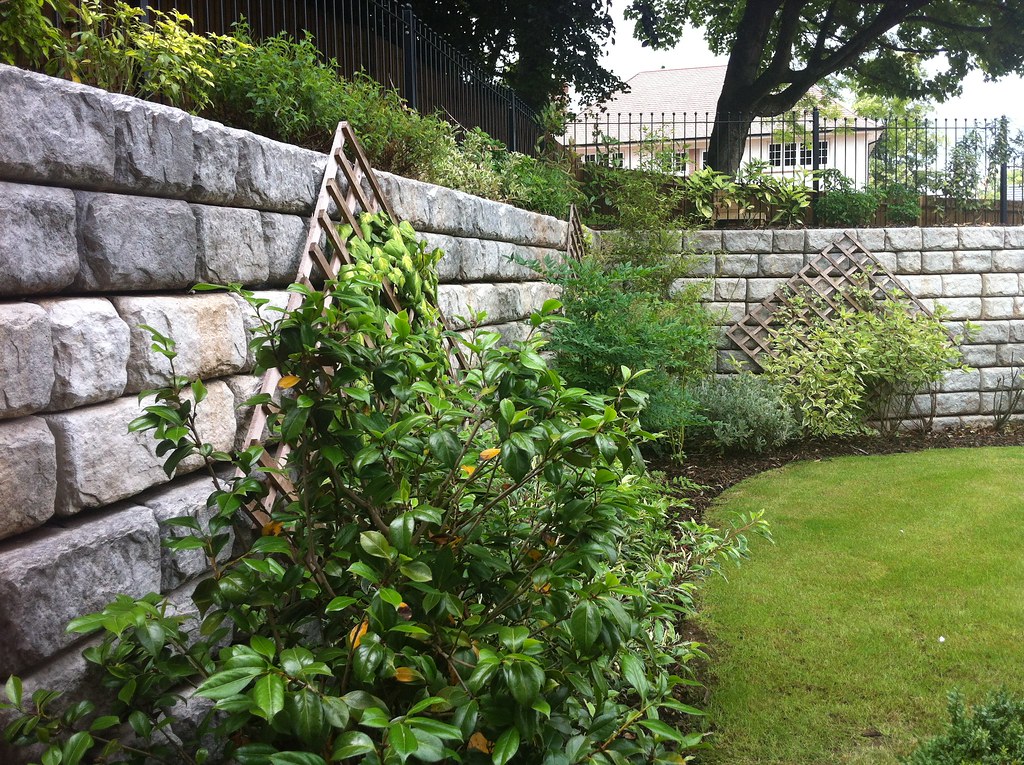
Put down rods and a cord to have the horizontal and vertical level of your wall.
Prepare your mortar for the concrete mixer.
Spread a layer of mortar and start installing the first row of cinder block, making sure to check the alignment and its level.
Every 2 m or so, lay corner blocks with vertical reinforcement to reinforce your wall.
Note: reinforcement is an essential aspect of the wall’s strength. Make sure that it is correctly carried out with steel of sufficient quality and cross-section.
At the bottom of the wall, above the level of the drain, make oblique holes in the cinder blocks to create barbs to evacuate water. You can drill the holes with a sledgehammer and punch (or rent a perforator with a drill bit).
Note: by placing the weep holes above the drain, you will be able to detect if the drain is clogged.
From one row to the next, start alternately with a full cinder block or a half cinder block. This will stagger the joints.
After each cinder block has been laid and when a row is finished, check the level and plumb with the spirit level and plumb line. Take the time to make corrections if necessary.
If your wall is more than 2 m high, make additional horizontal reinforcement at the mid-height and at the top of the wall.
Note: a retaining wall requires know-how and expertise. If the construction itself is not complicated, be sure to consult an engineering office for the design. They will provide you with all the details of the dimensions and reinforcement to be made according to your land and the wall to be built. This will save you time and money compared to the risks incurred by a poorly designed wall.
Erecting a cinder block wall
5. Make the drain in the retaining wall
The drain is an essential element to ensure the durability of your retaining wall. It is made on the embankment side since it is used to evacuate the water absorbed in the earth retained.
Start by applying a bituminous coating over the entire surface of the wall or a base protection.
Note: the waterproofing of the wall on the embankment side prevents damage to the concrete and reinforcement of the wall.
Once the waterproofing product has dried, lay a drainage geotextile felt, which will envelop the gravel and the drainage pipe. Place it against the wall at the height of the future drain. Allow enough length for it to go down to the ground and up so that it completely covers the drain.
Good to know: the rot-proof felt strips must overlap. It is this geotextile that prevents fine soil from penetrating the drainage system and prevents it from becoming blocked.
Lay a bed of small stones and fairly large gravel.
Place the drainage sock (pipe) and cover it with gravel.
“Close” the geotextile felt.
Caution: when designing the drainage system, it is important to remember that a homeowner is not allowed to drain rainwater to his neighbor’s house. If necessary, water must be redirected to a collection and drainage network.
Contact professionals directly to obtain a personalized estimate.
6. Backfill the retaining wall
If your soil is draining, you can mix it with large enough stones, to backfill your retaining wall.
Note: If your soil is not draining (clay soil for example), the masonry contractor will tell you. Backfill the retaining wall.
If your soil is draining, you can use it, mixed with large enough stones, to backfill your retaining wall.
Note: If your soil is not draining (clay soil for example), the design office will tell you. It is then preferable to buy a draining backfill from a quarry.
7. Maintenance of the retaining wall
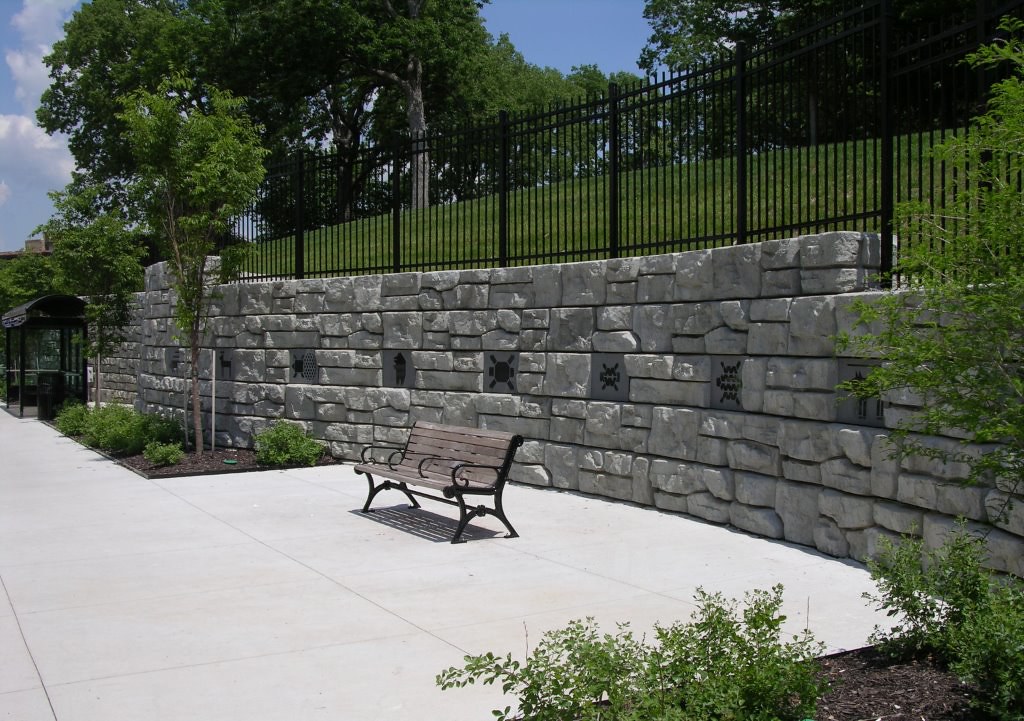
Regularly check the flow of water through the gutters.
Also, check the flow of water down the drain. During construction, you can provide a manhole for inspection and possibly cleaning with a water jet.
Avoid planting trees with large roots near the wall.
And finally, an important advise: do not plan any construction changes (raising the wall, building on the base of the wall, etc.) without consulting an engineering office.
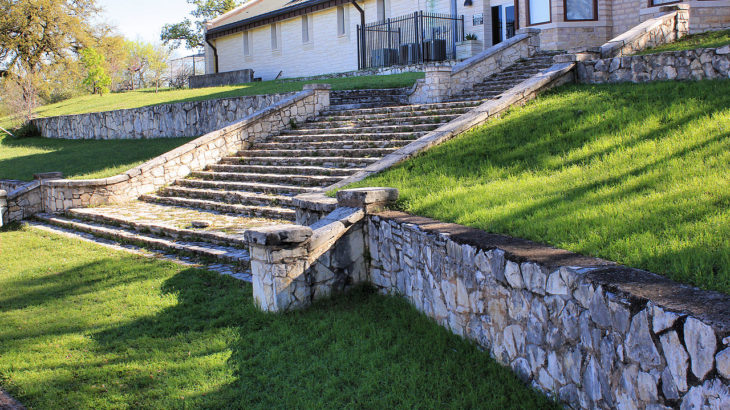



















One thought on “How to Construct a Retaining Wall”